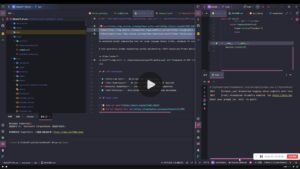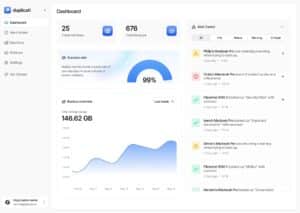On the morning of March 26, Espanix — Spain’s largest internet exchange point (IXP) — experienced a significant traffic drop and unusual fluctuations, as shown in the official traffic graphs published on their website. The disruption began around 09:30 local time, with traffic plummeting from its usual 1.3–1.4 Tbps down to under 600 Gbps. This was followed by volatile behavior until traffic gradually stabilized around 10:30.
During this time, multiple users reported intermittent connection issues and disruptions to key services such as Gmail. Although no direct correlation between the Espanix outage and these service interruptions has been confirmed, these complaints are consistent with symptoms that can occur during major routing shifts. In such events, BGP routes are dynamically re-routed to other exchanges and transit providers to mitigate service disruption. However, these transitions often lead to temporary packet loss, increased latency, and unstable paths.

From a sysadmin and network operations perspective, the observed behavior could be attributed to several factors:
- Core switching infrastructure failure within Espanix.
- Unannounced emergency maintenance.
- A propagation error in BGP sessions or route filtering.
- Potential software bugs in routers causing session resets or route flapping.
The erratic spikes and dips observed in the traffic chart suggest it was not a simple brief outage, but rather sustained instability, potentially caused by repeated session resets or partial capacity loss.
This incident highlights the critical importance of proper multi-homing strategies with diverse transit and peering arrangements for mission-critical services. Additionally, organizations should review their BGP failover configurations, Graceful Restart support, and monitoring alert thresholds to ensure minimal impact during events like this.
Though traffic has since returned to normal levels, the lack of an official post-mortem from Espanix leaves room for speculation. The technical community would benefit greatly from transparency regarding the root cause and the corrective actions taken to avoid recurrence.
For network engineers and system administrators, this event serves as a valuable reminder to:
- Regularly review and stress-test BGP session resiliency.
- Ensure robust monitoring across multiple IXPs.
- Avoid single-point dependencies on any single internet exchange.
- Validate route dampening policies and fallback scenarios.
While the internet backbone is designed for resilience, large-scale events at major IXPs like Espanix continue to demonstrate that even short outages can have ripple effects across services and platforms, particularly for latency-sensitive applications and critical business operations.
Source: Revista cloud and Espanix Traffic












